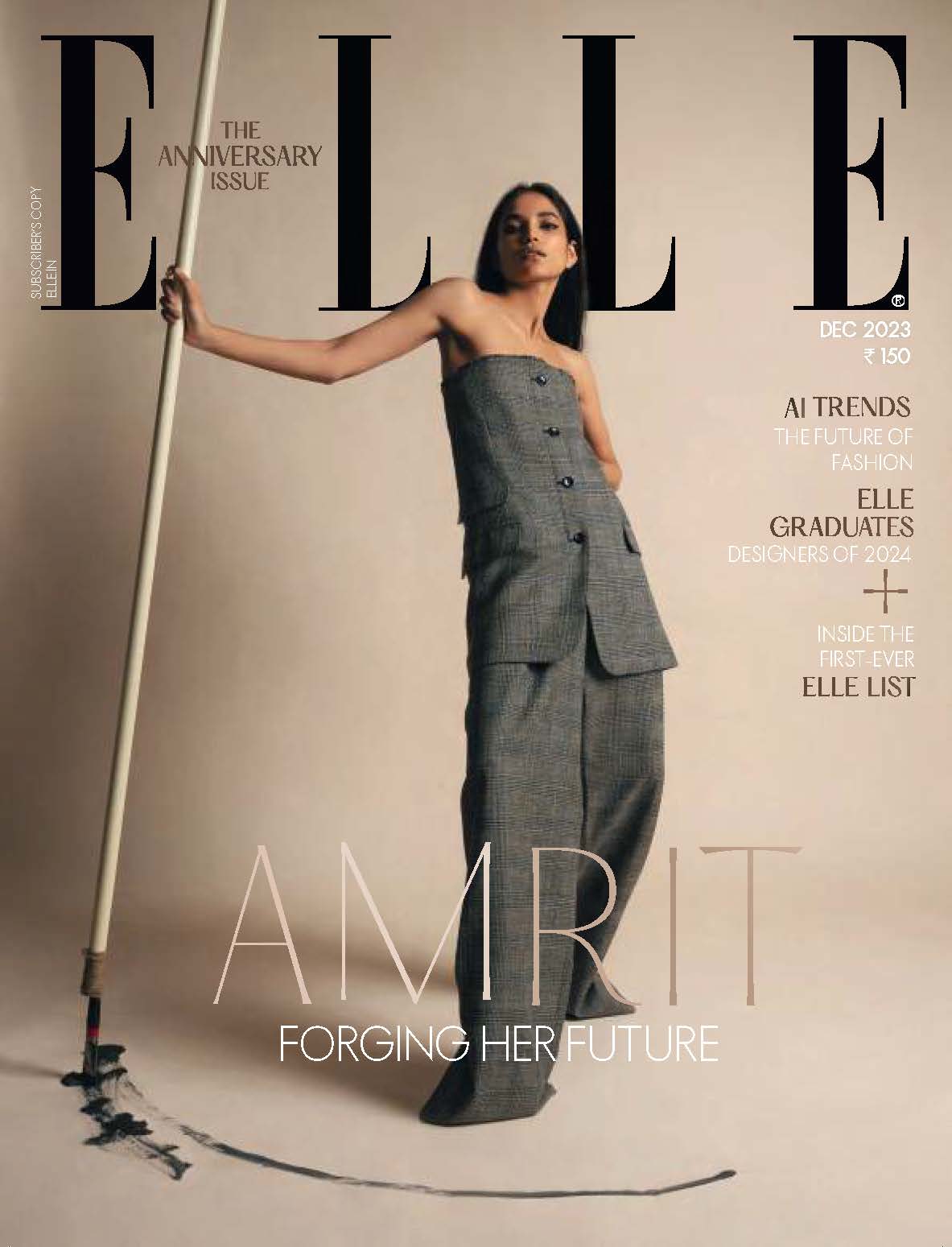Syed Haider Raza was one of India’s most celebrated modernists. In 1947, while studying at Mumbai’s JJ School of Art, he befriended fellow artists FN Souza, MF Husain, KH Ara, HA Gade, and SK Bakre. Together, they founded the Bombay Progressive Artists’ Group in 1947.
In 1950, Raza began studying at École des Beaux-Arts, Paris, where he was exposed to post-war American abstract expressionism and found himself greatly influenced by the works of the painter Paul Cézanne. He was also inspired by Austrian artist Oskar Kokoschka’s intense expressionism, and began to experiment with landscapes and cityscape before finding his niche within geometric abstraction.
Though he ultimately spent over 50 years in France, Raza was ferociously Indian at heart, and was continually inspired by his childhood in India, as well as the teachings of the Ramayana, Mahabharata, the Gita and Mahatma Gandhi. Perhaps the element we most learn to identify his work with is his recurring use of the Bindu, the single dot with multiple meanings: nothingness or shunya, the seed from which all life springs, and infinity.

Now, at what is being hailed as the first major exhibition of his works since his death, Raza’s elaborate oeuvre will be showcased at Mumbai’s Piramal Museum Of Art (From June 24th to October 28th). Meticulously curated by Vaishnavi Ramanathan and Ashvin E. Rajagopalan, S.H. Raza: Traversing Terrains showcases five decades of the maestro’s work, highlighting his artistic journey across continents, styles and philosophical musings.
“What drew us to Raza was what he stood for. He was exceptionally well read, meticulous with his personal archives and had an inner restlessness that made him constantly challenge himself as an artist, says Ramanathan. “Perhaps most importantly, he had tremendous generosity of spirit, and was always ready to extend a helping hand to fellow-artists. These messages seem more relevant than ever for us to imbibe,” adds Rajagopalan.
What’s more, the museum has collaborated with acclaimed exhibition designers Gallagher & Associates to create an experience that pays homage to Raza’s legacy, by physically and aesthetically mimicking the visual language of his works with interactive displays and archival material such as letters, diary extracts, rare images, publications, and critiques accompanying the artworks. And if that isn’t thrilling enough, the entire display, when viewed from the higher floors of Piramal Towers, resembles a Raza painting.
We got Ramanathan and Rajagopalan to give us their highlights:
Still Life, 1949

Ramanathan: “Raza’s encounter with Henri Cartier-Bresson in Kashmir turned out to be an important landmark in his artistic journey. Cartier-Bresson introduced him to the more constructed, built-up approach to painting. Still Life, 1949 was painted after this encounter, and one can see how Raza added a sense of structure drawn from Cubism.”
Surya Namaskar

Rajagopalan: “The bindu came to represent a site of infinite possibility for Raza. His first painting incorporating the black circle was created in 1980. From then, Raza’s work took an inward turn, exploring metaphorical, inner landscapes.”
Seine Port

Ramanathan: “Seine Port was painted by Raza a year after his marriage to French artist Janine Mongillat, who was also his classmate. This work shows how he had absorbed his learnings in Paris and arrived at a language that was fluid and rich in colour. This work is also important because it epitomises his Parisian phase before his work changed following his visit to the US in 1962.”
Untitled (Bombay Street Scene)

Rajagopalan: “Raza painted this during his stay in Bombay (now Mumbai). As a student of the JJ School Of Art, he travelled within the city and painted on the spot. He was particularly fascinated by Bombay since he came from a small village in Madhya Pradesh and this was his first exposure to a large city. He sketched and painted the city repeatedly, capturing sites such as Flora Fountain, Marine Drive and other places. The speed with which he painted is evident from the fact that the pencil lines have not been masked. It is works such as these that helped him master his ability to paint rapidly and spontaneously.”


